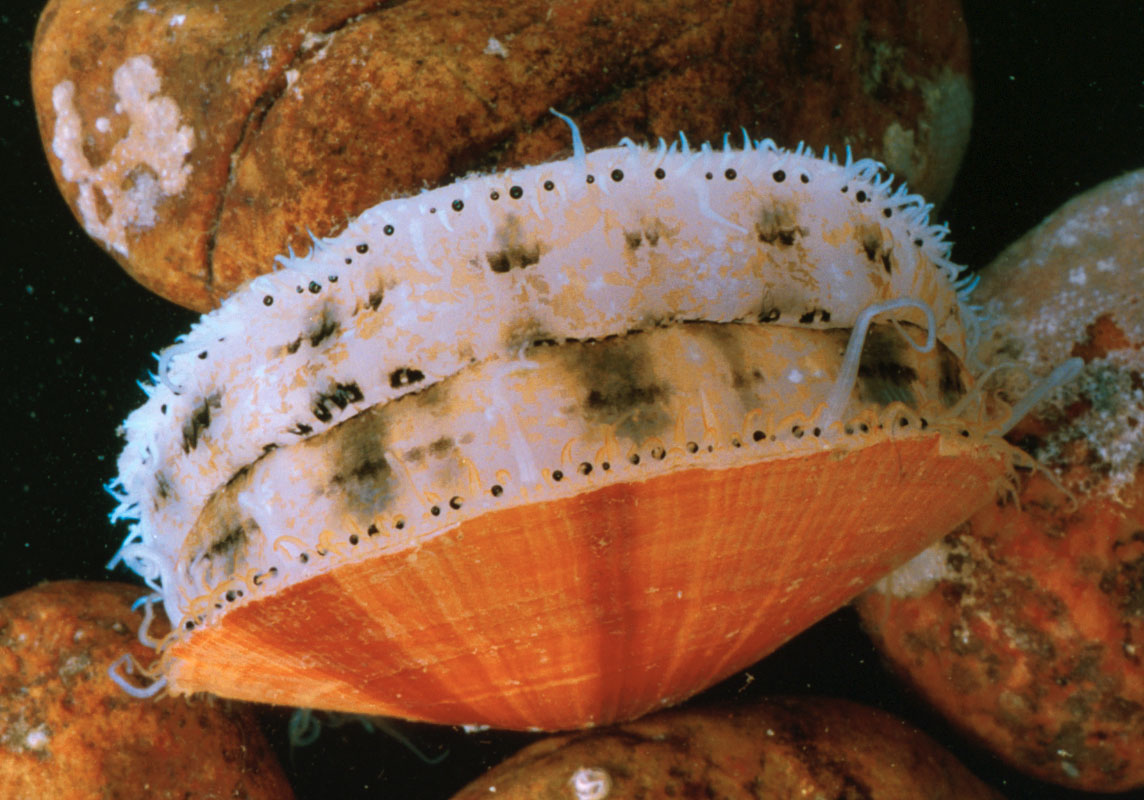
A recent collaborative study from researchers at Rutgers University, Old Dominion University, University of Southern Mississippi, and NOAA Northeast Fisheries Science Center shows that scallop offspring – also known as larvae – can move among regions of the fishery, even though the fishery itself spans a huge area of the ocean off the east coast of the US.
How these larvae move among regions of a fishery is essential to inform decisions made by managers. Imagine trying to make decisions about family finances if you don’t know where spending is happening. You may mistakenly decide to put a tighter restriction on the grocery budget when what is really happening is the kids are sneaking cash out of the grocery fund to pay for expensive clothes. Likewise, if you are a fisheries manager, you need to know where the offspring of the species you are managing go so that you can decide how best to open fishery access or limit fishing in one region or another.
Scallops and other bivalves like oysters, clams, and mussels produce microscopic, free-swimming larvae. These larvae can, in some cases, traverse great distances in the ocean being moved along by currents, and modulating that transport slightly by swimming up or down into the right ocean current. The larvae eventually reach the end of their swimming phase and need to find a place to call home. To make this transition, they will metamorphose into the adult body form and settle to the bottom of the ocean where they remain for the remainder of their life. It is the adult body form that we collect as fishers, and the supply of adults to a certain area depends entirely on how many planktonic larvae are dispersed there. Because they are microscopic, it is impossible to track these tiny creatures in the ocean, so scientists instead rely on oceanographic models to help understand how they move around.
The Atlantic sea scallop fishery is among the most valuable fisheries in the US today, however, that has not always been the case. In the early 1990s, the fishery was deemed “overfished,” but has made a remarkable recovery in part due to a management system that rotates fishery closures from one place to another. Although this system of rotational closures is intended to prevent fishers from handling small young scallops until they reached a fishable size, a side effect of the system is that larger unfished scallops in the closures are also left alone making them more effective at reproducing. The offspring produced in these closures, by way of their free-swimming dispersive capacity, may move to other areas of the fishery, effectively supporting generations of new scallops on a large scale.
New research published in the journal Fisheries Research used complex computer simulations that include ocean currents, wind forcing and scallop larval behavior to make predictions about where larvae from various regions of the fishery would go. The simulations included 7 years of predictions across the entire area of the MidAtlantic Bight. They showed that each season, year, and region is a little different from the next in terms of where larvae go.
The study showed that dispersal was about 30% more effective in the fall (September and October) than it was early in the year (May and June), largely due to ocean currents and water temperature interactions. Regions in the middle to northern part of the MidAtlantic were slightly more effective at sharing offspring with other regions. On average, the larvae are well mixed among regions, meaning that the rotational management strategy used in this fishery has the potential for wide-ranging benefits even when the closures are relatively small and temporary.









